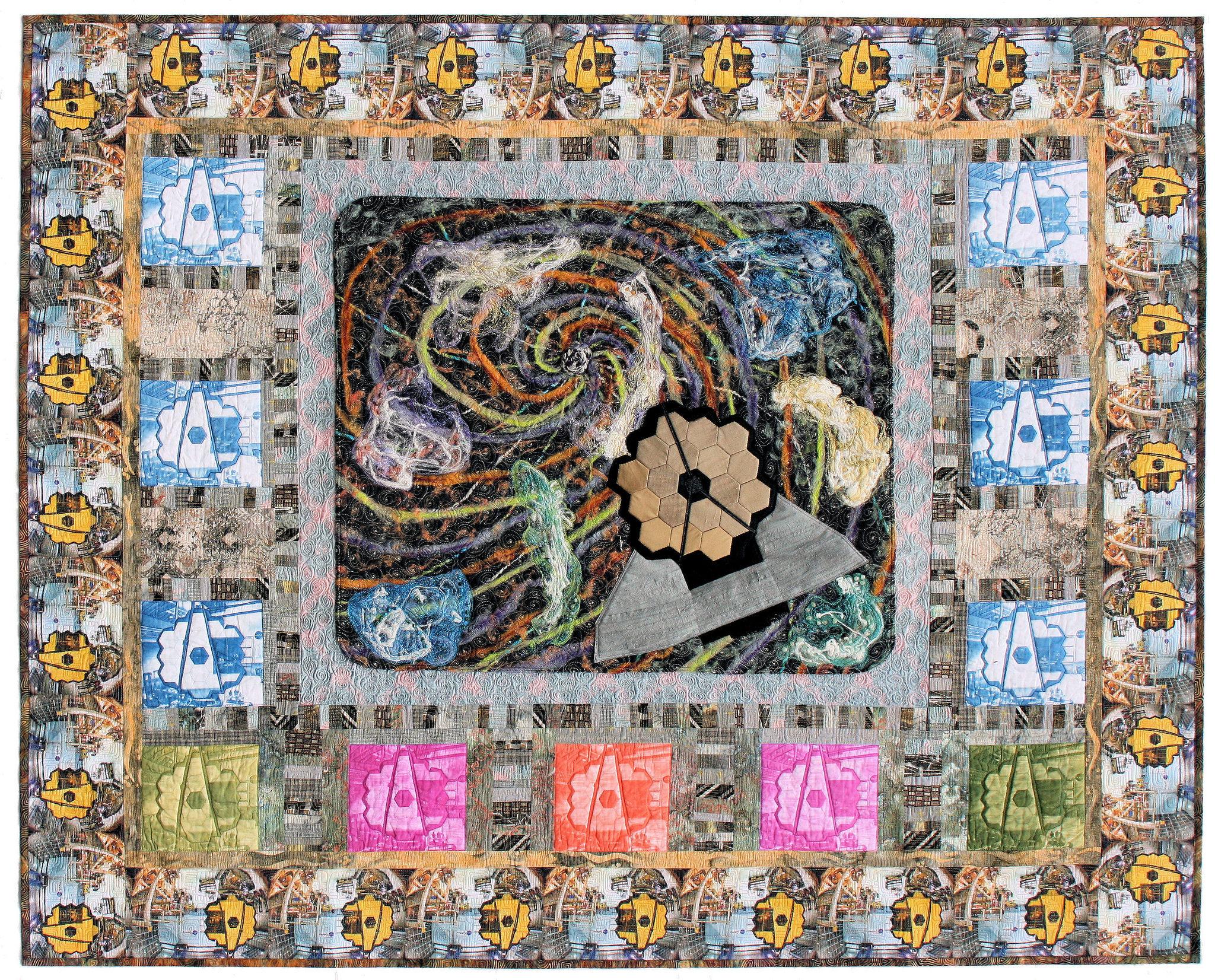In the ever-evolving landscape of renewable energy, solar power stands as a beacon of hope, promising a sustainable future free from the shackles of fossil fuels. As the sun rises each day, so too does the potential for innovation in solar technology, with one of the most intriguing developments being the integration of 3D printing. This cutting-edge manufacturing technique, once the stuff of science fiction, now holds the promise of revolutionizing the way we produce solar panels. Yet, as with any technological advancement, it raises critical questions: Does the use of 3D printing enhance or compromise the quality of solar panels? This article delves into the heart of this debate, exploring the intricacies of 3D-printed solar technology, examining the potential benefits and pitfalls, and seeking to understand whether this innovation will illuminate our path to a brighter future or cast shadows of doubt.
Exploring the Intersection of 3D Printing and Solar Panel Manufacturing
In the quest for innovative and sustainable solutions, the marriage of 3D printing and solar panel manufacturing presents an intriguing frontier. By utilizing additive manufacturing techniques, manufacturers can potentially revolutionize the design and production of solar panels. This method allows for the creation of complex geometries that were previously impossible with traditional manufacturing, potentially increasing the efficiency of solar cells. Additionally, the ability to print customized solar cells on demand could reduce waste and lower production costs, making solar energy more accessible.
However, there are concerns regarding the quality and durability of 3D-printed solar panels. Some of the challenges include:
- Material Limitations: The materials used in 3D printing may not yet match the durability and efficiency of those used in conventional panels.
- Precision Issues: The layer-by-layer approach of 3D printing could introduce imperfections that impact performance.
- Regulatory Standards: Ensuring that 3D-printed panels meet industry standards is crucial for widespread adoption.
While the potential benefits are significant, ongoing research and development are essential to address these challenges. As technology advances, 3D printing could become a cornerstone in the sustainable production of solar energy, paving the way for a greener future.

Assessing the Impact of Additive Manufacturing on Solar Cell Efficiency
In recent years, the integration of additive manufacturing into the production of solar cells has sparked a lively debate about its impact on efficiency. While traditional manufacturing methods have been the backbone of solar panel production, 3D printing introduces a new realm of possibilities and challenges. One key advantage is the potential for customization, allowing for the creation of intricate designs that maximize light absorption and enhance overall performance. However, there are concerns that this level of customization might lead to inconsistencies in quality, which could affect long-term durability and efficiency.
- Precision Engineering: Additive manufacturing offers unparalleled precision, enabling the creation of microstructures that can optimize energy conversion.
- Material Innovation: 3D printing facilitates the use of advanced materials that might be difficult to process using traditional techniques.
- Scalability Challenges: While promising, the scalability of 3D-printed solar cells remains a hurdle, with production speed and cost being significant factors.
- Quality Control: Ensuring consistent quality in mass production is critical, as even minor defects can significantly impact panel efficiency.
Ultimately, while additive manufacturing holds great promise for enhancing solar cell efficiency, its full potential can only be realized through rigorous testing and continuous refinement of both materials and processes. The balance between innovation and reliability will determine whether 3D printing can truly revolutionize the solar industry.

Innovative Design Meets Renewable Energy: A Quality Analysis
As 3D printing technology increasingly intertwines with the renewable energy sector, it opens new doors for innovation, particularly in solar panel manufacturing. This groundbreaking approach allows for the creation of custom, complex designs that were once impossible with traditional methods. 3D printing’s potential to reduce waste and cut costs is undeniably attractive, but does it compromise the quality of solar panels?
In terms of material precision, 3D printing offers a high degree of accuracy, ensuring that the solar cells are consistently produced to optimal specifications. However, challenges do arise, particularly in the realm of material durability and longevity. Critics point out that the polymers and composite materials often used in 3D printing may not yet match the resilience of traditional silicon-based panels. Despite these concerns, advancements in material science are rapidly addressing these issues, leading to the development of more robust materials tailored for 3D printing applications. The potential benefits are promising, but ongoing research is crucial to ensure that quality is not sacrificed at the altar of innovation.
- Design Flexibility: Customizable and complex shapes.
- Cost Efficiency: Reduction in material waste.
- Material Challenges: Current limitations in durability.
- Future Prospects: Continuous advancements in materials.

Guidelines for Ensuring High Standards in 3D-Printed Solar Panels
To maintain the integrity of 3D-printed solar panels, it is crucial to adhere to a set of well-defined guidelines that ensure high standards are consistently met. Material selection is paramount; using top-quality, UV-resistant polymers can significantly enhance the longevity and efficiency of the panels. Manufacturers should collaborate with material scientists to develop or select materials specifically designed to withstand prolonged exposure to sunlight and extreme weather conditions.
Additionally, maintaining precision in the printing process is essential. Implementing rigorous quality control measures such as regular calibration of 3D printers and real-time monitoring of the printing process can help in minimizing defects. Emphasizing design optimization is also key; leveraging advanced software tools to simulate and refine panel designs can lead to more efficient energy capture. Furthermore, fostering continuous innovation by investing in research and development can propel advancements in 3D-printed solar technology, ensuring that quality is not only maintained but continuously improved.
Closing Remarks
As we stand on the cusp of a technological revolution, the question of whether 3D printing compromises the quality of solar panels invites us to explore the intricate dance between innovation and reliability. While the potential for cost reduction and customization is undeniably alluring, the challenges of ensuring durability and efficiency remain pivotal. The future of solar energy may very well be shaped by how adeptly we navigate this delicate balance, crafting solutions that harmonize cutting-edge technology with the unwavering pursuit of quality. As researchers and engineers continue to delve into this promising frontier, only time will reveal whether the sun will shine brighter on a world where 3D printing and solar technology coexist seamlessly. Until then, the dialogue continues, and with it, the promise of a more sustainable tomorrow.

































